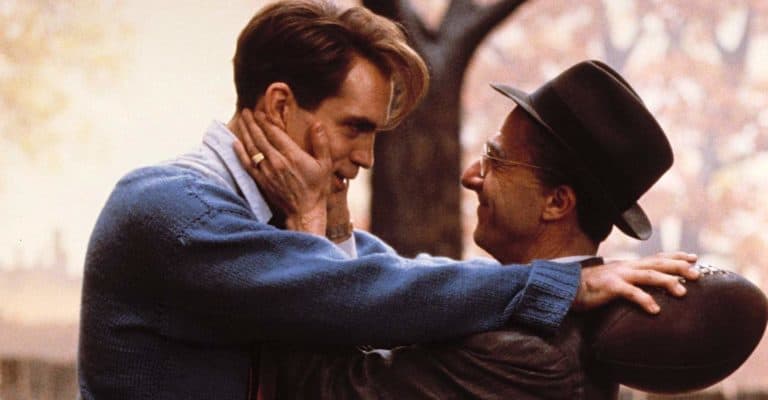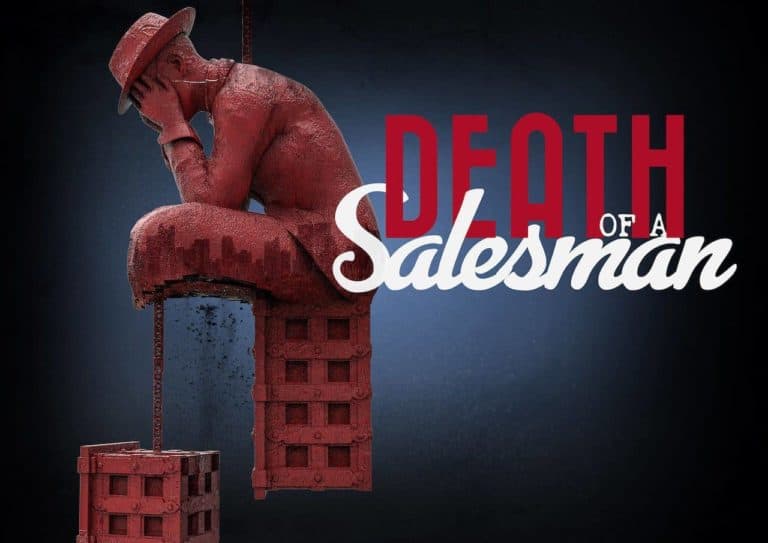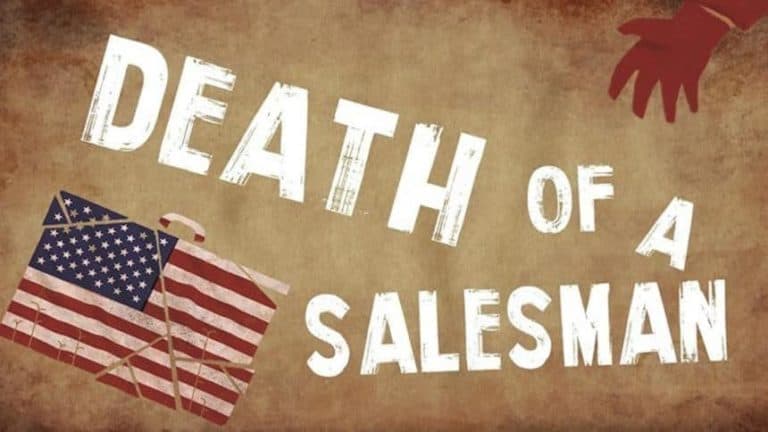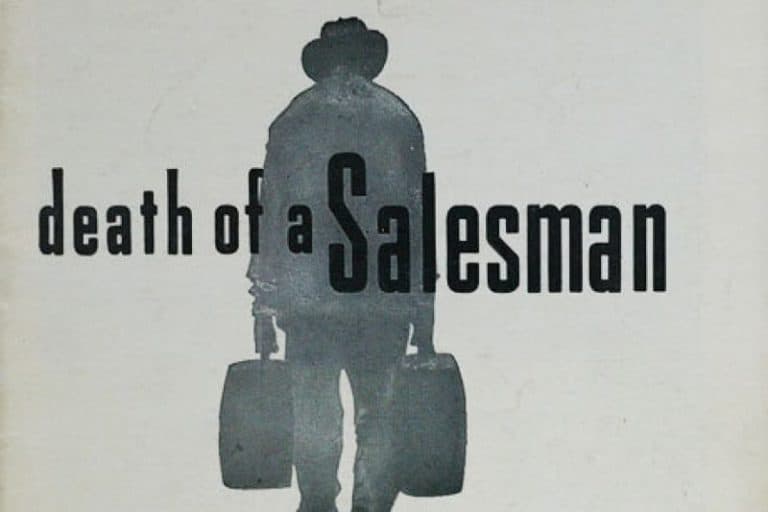In an article entitled The Family in Modern Drama, Arthur Miller insisted that all “great plays” finally grapple with one central issue: “How may a man make of the outside world a home?”.
Making the outside world a home would imply being “well-liked”: managing to turn anonymous, business relations into close family ties – that is to say being able, like Dave Singleman, “to go… into twenty or thirty different cities, and pick up a phone, and be remembered and loved and helped by so many different people?” (p.63).
In Death of a Salesman, the dream of social success cannot be disentangled from the idyllic vision of society as a large, tightly-knit family.
Yet, there is every reason to believe that Dave Singleman, as his patronymic shows, is a bachelor, when the foundation of the much-vaunted American ideal remains the nuclear family: the nuclear family as an agent of socialization and as a stabilizing influence.
Precisely in Death of a Salesman spectators are given privileged access into the private sphere of a family and occasionally turned into voyeurs. It seems that far from offering a secure, reassuring nest the family also reverberates the tensions of society at large in the 1950s.
1. The Green World patriarchal clan
Willy, through his conversation with Ben (38-41) harks back to his infancy. The image of the father is mythologized by both sons – the elder Ben and the younger Willy – even if Father Loman deserted his wife and children to lead an adventurous life.
The mother is hardly ever referred to. She must nevertheless have had a hard life providing sustenance and comfort for her two sons. When Ben followed in his father’s footsteps by running off for adventure, Mother Loman still had Willy to look after.
Willy, who recalls sitting on “Mamma’s lap” (38), suffered from his father’s absence. The lack of paternal care resulted in his feeling “kind of temporary about (himself)” (40).
Mother Loman’s caring presence is trivialized: “fine specimen of a Lady, Mother” (35) and the “old girl” when reunion with the vanished father is Ben and Willy’s single purpose. Ben starts for Alaska hoping to find his father (37) and Willy elects a father figure through his total devotion to Dave Singleman, another salesman.
Willy has remained so obsessed with the myth of his Father that he entreats Ben to tell Biff and Happy about their grandfather, so they can learn “the kind of stock they spring from” (38). So, in a way, it is as if all the Loman men sprang directly from their father’s side and as if their mother had had no part to play in their birth.
An Edenic myth is implied which seems to preclude, or at least downplay woman’s role in the procreation process.



